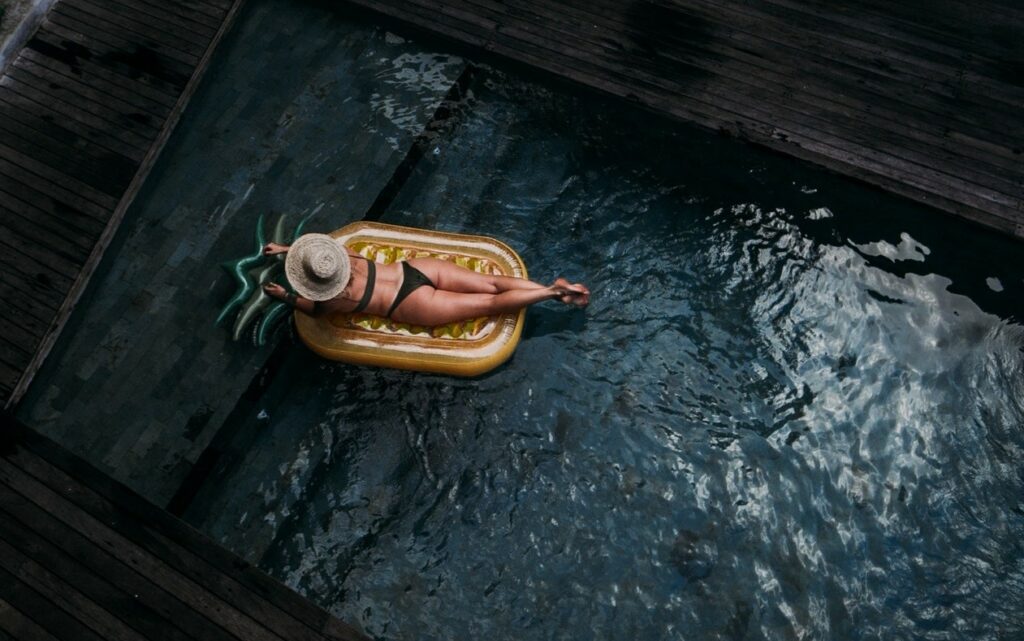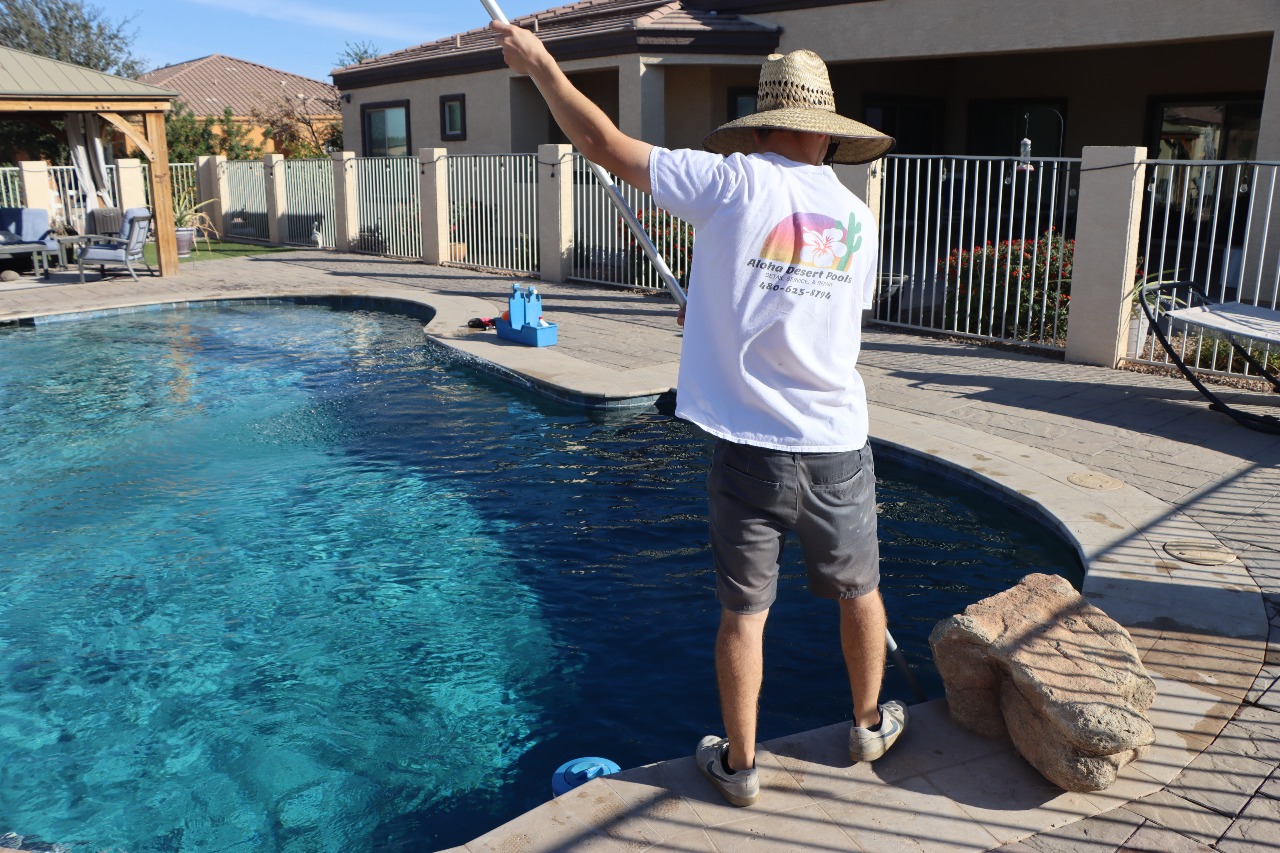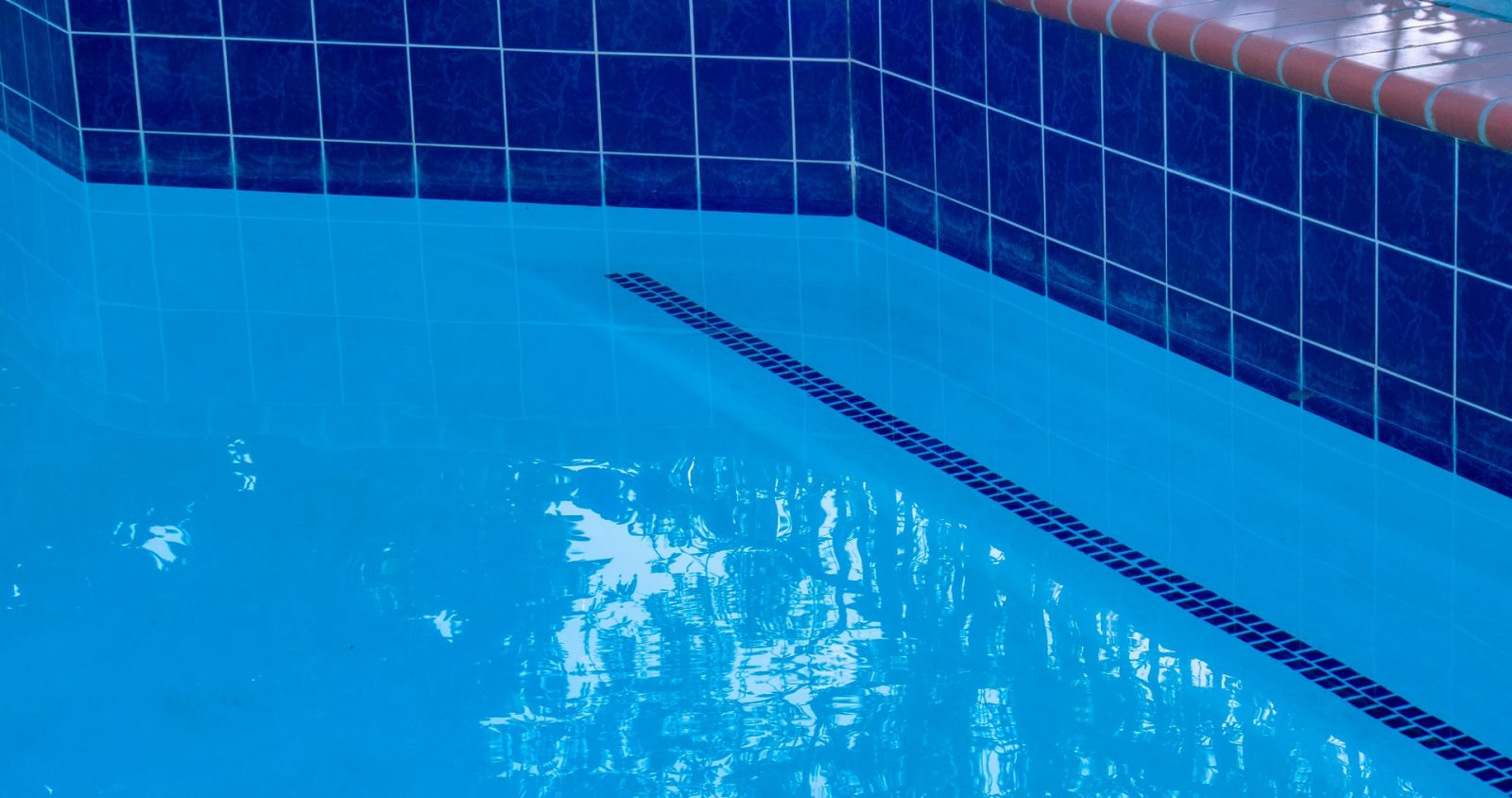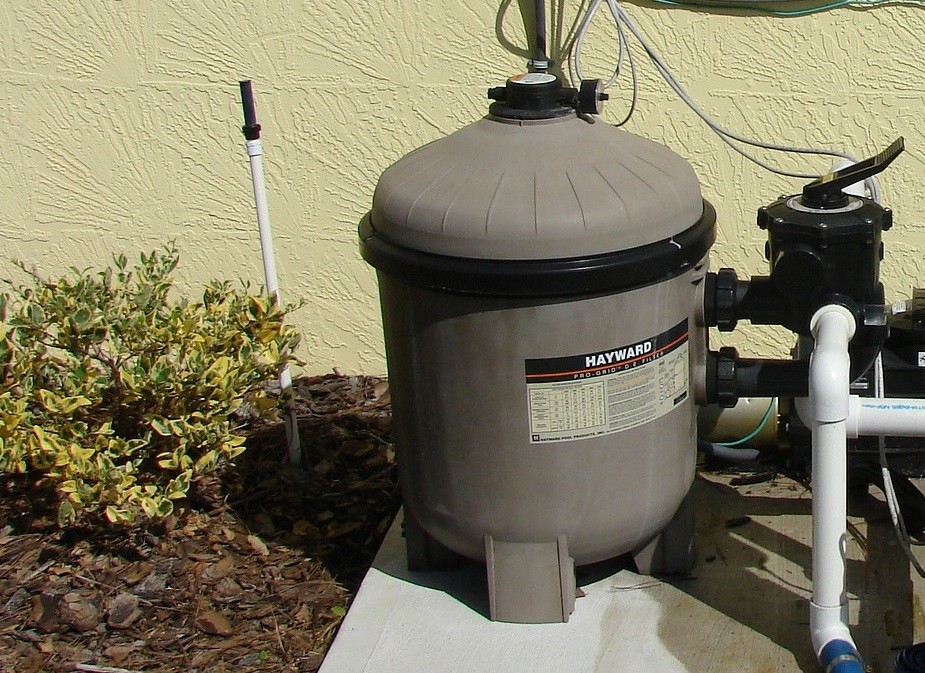A pool pump impeller is the part of your pump that creates the flow from your pool to your filter and vice versa. However, the pool pump impeller can clog up and will cause a decrease in the flow rate.
A clear indication of a clogged impeller is when your pump pot will not achieve full prime. It means that the pot will not be full of water. Another thing to watch out for to know whether you have a clogged impeller is when your pump gauge will reduce.
You will also notice that your pump’s loud and low grinding sound and the water circulation will slow down significantly.
Once you suspect that you have a clogged pool pump impeller, here are the things you need to do to solve the issue.
Steps on How to Fix a Clogged Impeller
Step 1:
Shut off your circuit breaker that produces electricity to your swimming pool pump. It will ensure that the pump will not turn on while you are fixing your impeller.
Step 2:
Detach the pump basket and the basket lid.
Step 3:
Remove the stuck debris on the impeller by inserting a wire or your fingers. Remove the debris by making a swirling motion of the fingers or wire.
Step 4:
Take out all the dirt and debris you find inside the impeller. You will be surprised by how much dirt your impeller has.
Step 5:
After you get rid of all the dirt and debris on your impeller, you can start putting back your pump basket and lid to where it was before cleaning. Ensure that you fill the housing with water before you put back the lid. It will help prime the pool pump correctly.
Step 6:
After cleaning and dislodging your impeller and still having a problem, you might want to access the pump impeller. To do this, you must disassemble the pump once again by separating the volute.
Remove the bolt or the clamp of the seal plate. When doing this, you should remember not to remove the four motor bolts.
Step 7:
Carefully pull out the motor. Be cautious when you remove the motor, as it can be hot. Separate the pump and the motor to access the impeller. You must also not forget to take out the diffuser and impeller shroud. Some pumps might not have any diffuser, so do not panic when you see one in yours.
Step 8:
When you have already accessed the impeller, inspect the impeller for any damages.
Step 9:
If you see more debris, you can use your bent wire to clean the impeller. You can as well use a screwdriver or needle-nose pliers to remove the dirt.
You can also find some seeds and rocks stuck on the impeller. Push them out of the impeller until they fall by using a wire.
Step 10:
Once you remove more of the dirt, carefully put back your pool pump together.
Preventing Your Pump Impeller to Clog

Preventing your impeller from clogging is better than fixing it. It is why you must do everything to ensure your impeller does not get broken or clogged.
Here are some ways you can do to avoid any clogged on your impeller.
- Never run the pump without the pump basket installed. The pump basket is vital in filtering dirt that is large enough to cause clog on the impeller.
- Make use of skimmer socks during spring or fall.
- Trim trees and bushes around to avoid leaves and branches from falling into the pool water that can cause clogging.
- Do a DIY additional filter on your pump basket. You can use a pantyhose or a nylon knee sock to line the inner of the pump basket.
- Purchase a pool cover and cover your pool if not being used.
Takeaway
Clogged impeller issues are a regular occurrence that can happen to your pump once in a while. However, you can take extra precautionary measures to decrease the chance of this problem happening.
When you get caught up in a situation where your impeller gets clogged, you will have to follow the mentioned steps properly to ensure that you do the declogging correctly.






